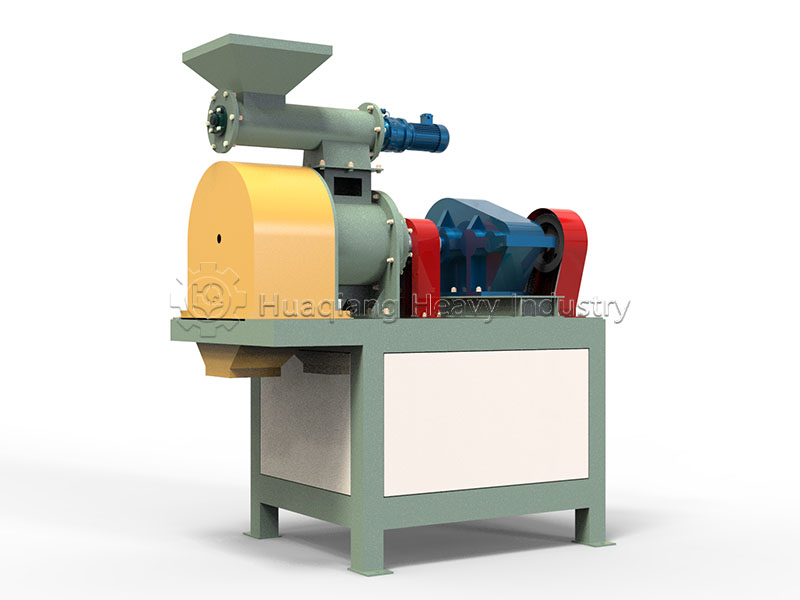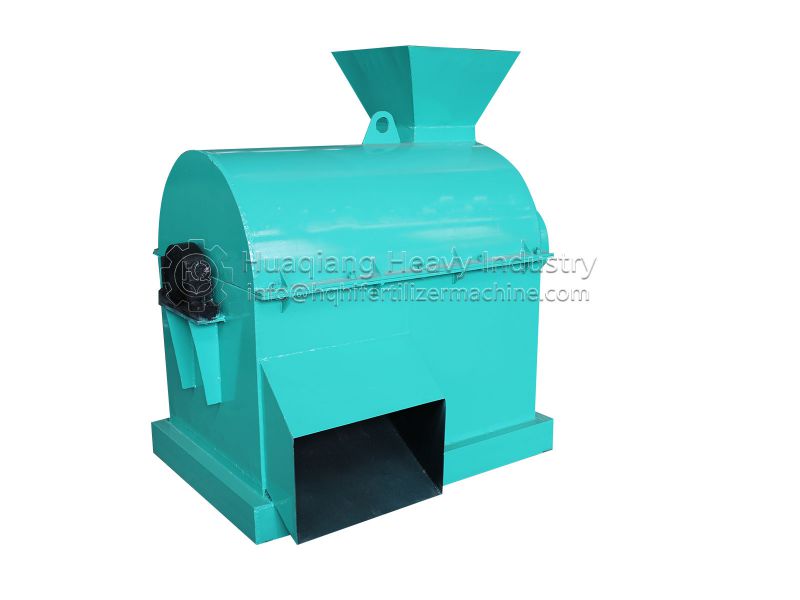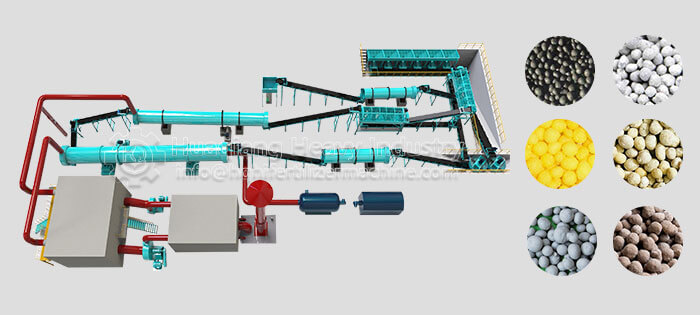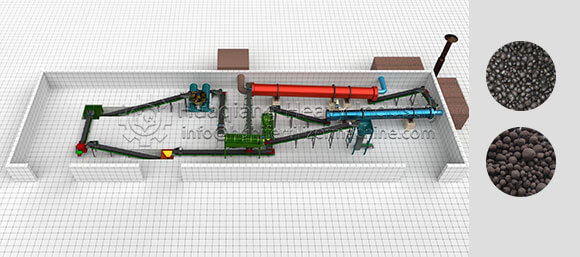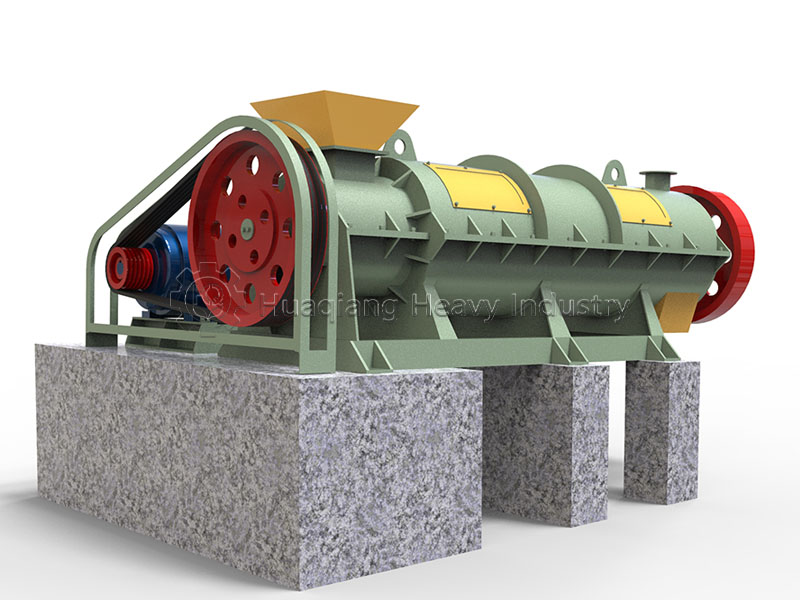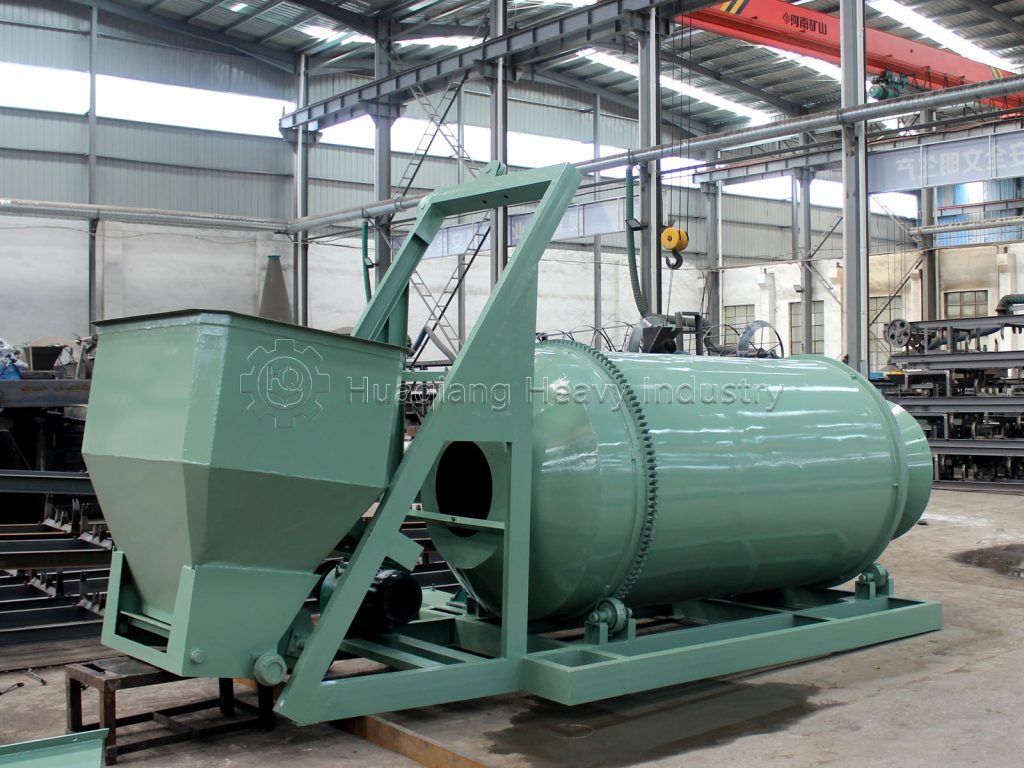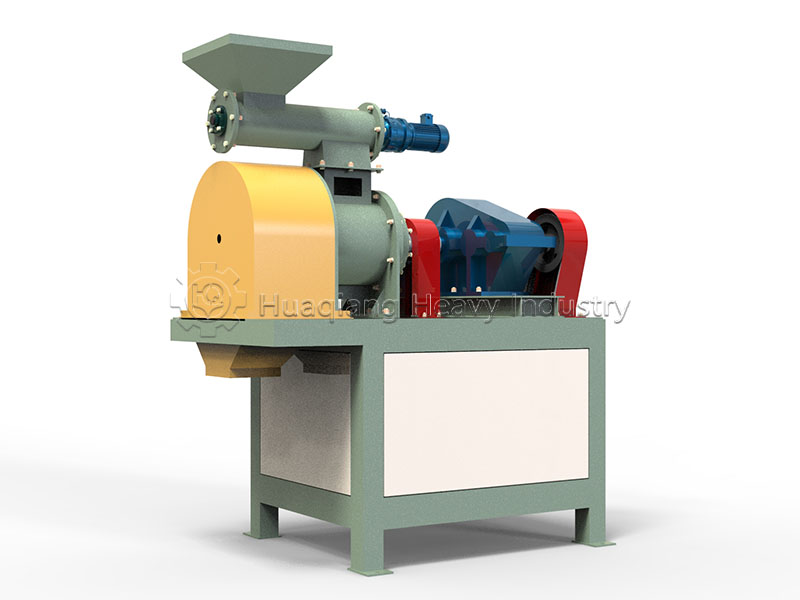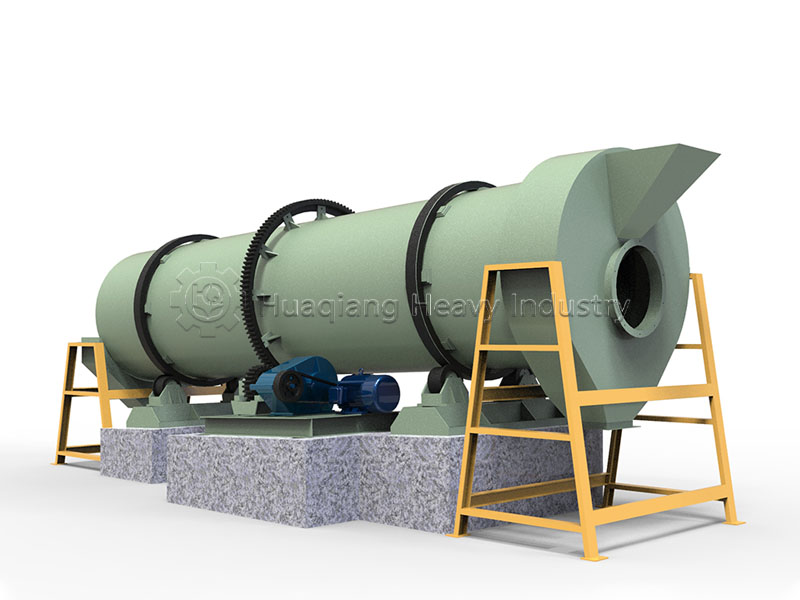Flat die granulator: Understanding the “Simple and Efficient” logic of granulation
In fertilizer granulation production, flat die granulators are the preferred equipment for small and medium-sized enterprises due to their simple structure and easy operation. They are particularly suitable for fertilizers with complex raw material characteristics, such as organic fertilizers and biofertilizers. The core of their granulation principle lies in the vertical extrusion design of a “flat die + roller” system, which ensures effective granulation while reducing operational complexity.
The core components of a flat die granulator are a horizontally positioned circular die (flat die) and one or two rollers above it. Cylindrical holes are evenly distributed across the die surface. Raw material falls from the feed inlet between the die and rollers. A motor drives the rollers to rotate, and friction forces the rollers continuously press the raw material against the die surface, forcing it into the holes.
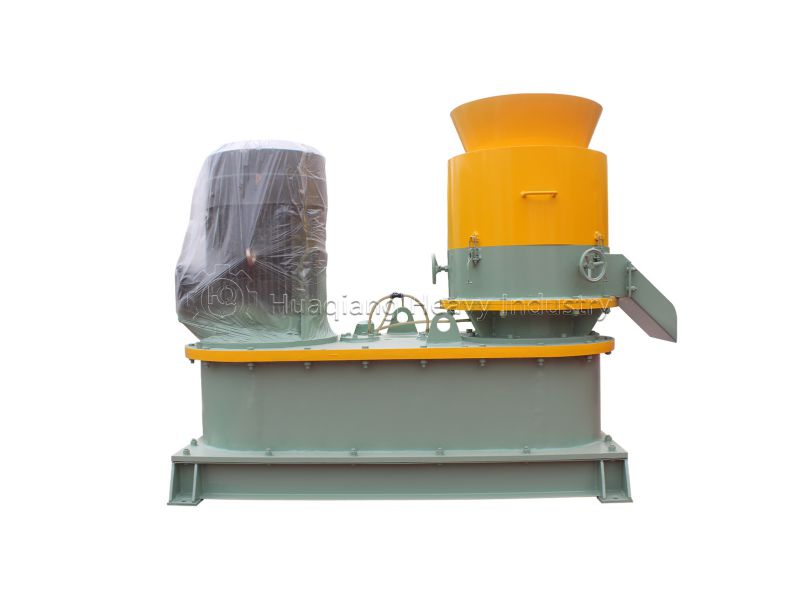
In the die holes, the raw material undergoes a process of “extrusion shaping → solidification forming.” A scraper below the die cuts the cylindrical material that emerges from the holes, forming pellets of uniform length.
Compared to other granulation equipment, the flat die granulator’s advantage lies in its adaptability to fibrous raw materials (such as fermented straw). The vertical compression of the rollers prevents fiber entanglement and facilitates die hole cleaning, making it suitable for the production of small and medium-sized batches of a wide variety of fertilizers.
